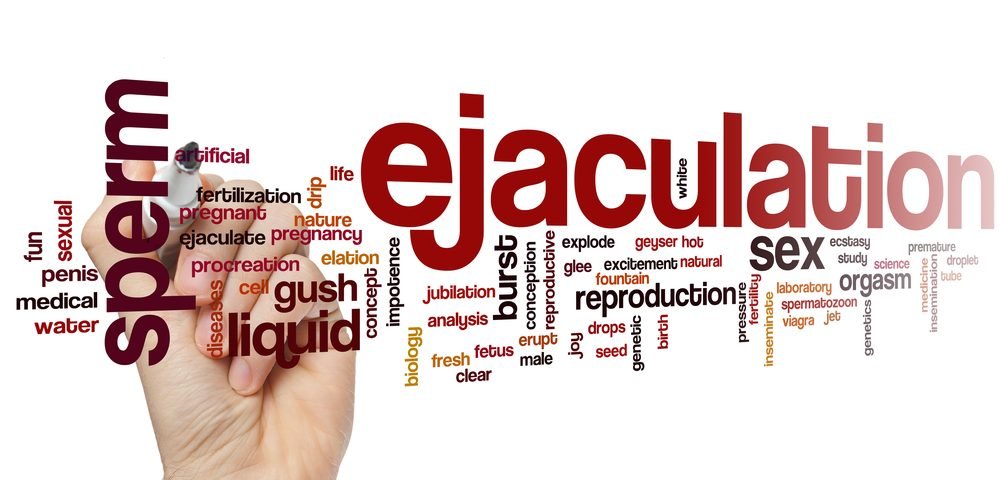Men who ejaculate at least 21 times a month have a lower risk of prostate cancer compared to men who only ejaculate four to seven times a month, according to a study that followed a large group of men for nearly two decades.
The link, however, was strongest for low-risk disease, and the study — published in the journal European Urology — did not find any impact from ejaculation frequency on a diagnosis of high-risk prostate cancer.
The 31,925 study participants were part of the Health Professionals Follow-up Study, where they reported how often they ejaculated in a 1992 questionnaire.
The report, “Ejaculation Frequency and Risk of Prostate Cancer: Updated Results with an Additional Decade of Follow-up,” was based on follow-up through 2010, where researchers noted prostate cancer diagnoses and outcomes.
Researchers at the Harvard T.H. Chan School of Public Health, where the study was performed, assessed the impact of ejaculation in men ages 20-29, or 40-49, at the time of the questionnaire. They also looked at how ejaculation frequency in the year before the questionnaire related to cancer diagnoses. The questionnaire did not ask men to specify whether ejaculation was achieved by sexual intercourse or masturbation.
The research team had hypothesized that more frequent ejaculations might protect men from prostate cancer, and this was indeed what they found. The risk was about 20 percent lower for men who ejaculated 21 times or more during an average month, compared to those who ejaculated four to seven times.
When looking at different types of prostate cancer, the team found that ejaculating 13 times or more on average lowered the probability of low or intermediate-risk prostate cancer 25-28 percent in the various age groups. But they did not find a link between ejaculation frequency and high-risk prostate cancer.
In an attempt to explain the results, the Harvard research team turned to earlier studies suggesting that ejaculation impacts the levels of the trace elements citrate and zinc in the prostate. The levels and metabolism of these factors in the prostate might contribute to cancer development, they argued.
Higher sexual activity is generally seen as an indicator of good general health, which might influence cancer risk. But interestingly, researchers also found that higher ejaculation frequency was linked to some factors that were considered far from optimal from a health perspective.
Among men 40-49 years old, more frequent ejaculation was associated with a higher body mass index (BMI), higher consumption of calories and alcohol, divorce, and a history of sexually transmitted infections. These men also exercised more.
This point was noted in an editorial that accompanied the study, which suggested that the higher levels of physical activity among these men might offset the negative consequences of being overweight or alcohol consumption.
But in the editorial, researchers from the University of Washington also raised the question of whether low rates of ejaculation might be a signal of other health issues.
“Much like erectile dysfunction may be a harbinger of cardiovascular disease, EPM [ejaculations per month] may belie underlying aspects of one’s personal health that can be highlighted in a clinical encounter,” they wrote, suggesting that low ejaculation frequencies might be a symptom of health concerns that require additional evaluation.
“Understanding patient factors driving ejaculatory frequency will guide the clinical implementation of these results,” they concluded.

